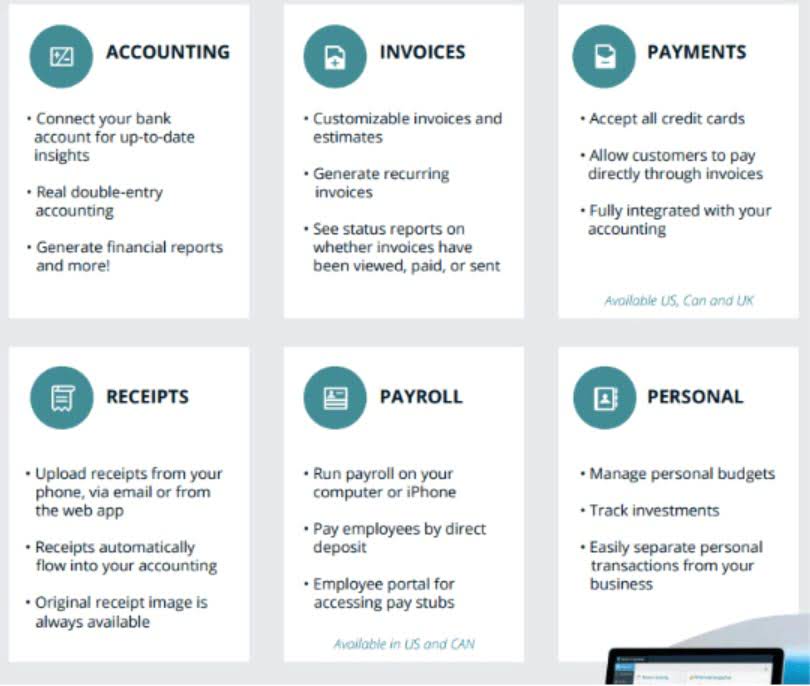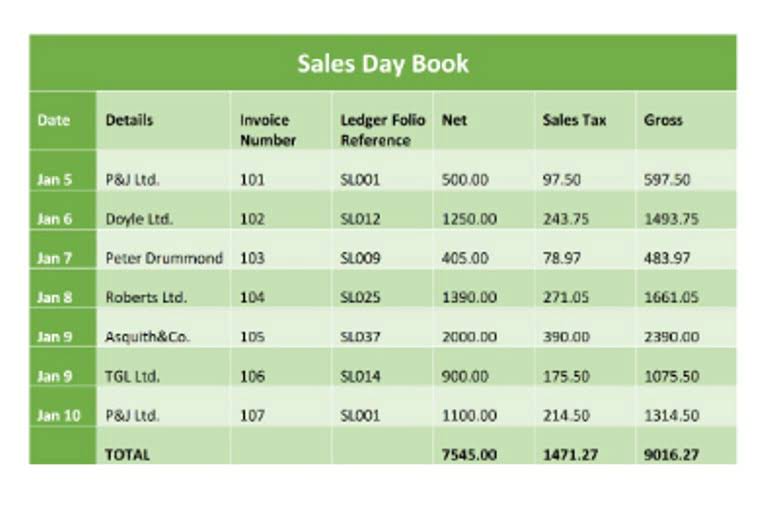How to Calculate Contribution Margin Ratio

Many companies have fixed and variable costs that change from product to product and month to month. Knowing how your costs affect your profits is crucial to understanding your business’s financial health. As mentioned above, contribution margin refers to the difference between sales revenue and variable costs of producing goods or services. This resulting Keep Records for Small Business margin indicates the amount of money available with your business to pay for its fixed expenses and earn profit. Variable costs are not typically reported on general purpose financial statements as a separate category. Thus, you will need to scan the income statement for variable costs and tally the list.

What Is Contribution Margin?
John’s pioneering work earned his plant–and the “maintenance philosophy” he used to run it–awards and recognition from the likes of A.T. Back then, no preventive maintenance software existed, so John commissioned his own system. And nowhere had anyone quantified the key performance indicator benchmarks needed to judge whether or not operations were healthy, so he established them.
Step 5: (Optional) Calculate the Weighted Average Contribution Margin Ratio
- The contribution margin ratio for the birdbath implies that, for every \(\$1\) generated by the sale of a Blue Jay Model, they have \(\$0.80\) that contributes to fixed costs and profit.
- In this section, we will explore what these terms mean, how they are calculated, and how they affect your risk and return in different scenarios.
- The contribution margin (CM) is the profit generated once variable costs have been deducted from revenue.
- This cost of the machine represents a fixed cost (and not a variable cost) as its charges do not increase based on the units produced.
- Profit margin is calculated using all expenses that directly go into producing the product.
Aside from the uses listed above, the contribution margin’s importance also lies in the fact that it is one of the building blocks of break-even analysis. With that all being said, it is quite obvious why it is worth learning the contribution margin formula. You need to fill in the following inputs to calculate the contribution margin using this calculator. Here, we are calculating the contribution margin on a per-unit basis, but the same values would be obtained if we had used the total figures instead. The companies that operate near peak operating efficiency are far more likely to obtain an economic moat, contributing toward the long-term generation of sustainable profits. The calculation of the contribution margin ratio is a three-step process.
Contribution Margin Formula
In this case, extending the length of time between PMs by a factor of 12 (to Annual) might result in missing cm ratio an indicator of a potential problem and prove more costly in the long run. If not, keep adjusting the frequency until it gives you the outcome you need for an effective, proactive PM program. Good PM work order history will point exactly to the right frequency as you continue to experiment with periodicity for the PM.
- The higher the contribution margin ratio, the more profit you make from each unit of sales.
- While there are plenty of profitability metrics—ranging from the gross margin down to the net profit margin—the contribution margin metric stands out for the analysis of a specific product or service.
- That is, this ratio calculates the percentage of the contribution margin compared to your company’s net sales.
- This means that $15 is the remaining profit that you can use to cover the fixed cost of manufacturing umbrellas.
- It also supports short-term decision-making by focusing on variable costs and showing how much revenue remains to contribute to fixed costs and profit.
- For example, a company can use the contribution margin ratio to determine the optimal price for its products, based on the demand and the variable costs.
- The contribution margin shows how much additional revenue is generated by making each additional unit of a product after the company has reached the breakeven point.

Providing specialized solutions in cybersecurity, software development, and integration to safeguard operations and data integrity in modern IT and Operational Technology (OT) systems. Augment maintenance work instructions through mixed reality tools and electronic work instructions, which allow SMEs to provide maintenance solutions remotely. Guide organizations through effective change processes to enhance adoption, align leadership, and sustain improvements. Leverage data-driven insights and advanced technologies to optimize processes, improve decision-making, and drive business transformation.

The margin of safety is the difference between your actual sales and your break-even sales. The margin of safety measures how much cushion you have to absorb a decline in sales before you incur a loss. The higher the contribution margin ratio, the higher the margin of safety, and the lower the risk of loss. The higher the operating leverage, the lower the margin of safety, and the higher the risk of loss. You can also offer additional services, such as editing, printing, or framing, to increase the value of your packages. We will see how the contribution margin ratio can help us compare the profitability of different products, segments, or channels and decide which ones to emphasize or eliminate.

Using the provided data above, we can calculate the price per unit by dividing the total product revenue by the number of products sold. However, the contribution margin facilitates product-level margin analysis on a per-unit basis, contrary to analyzing profitability on a consolidated basis in which all products are grouped together. A low margin typically means that the company, product line, or department isn’t that profitable. An increase like this will have rippling effects as production increases. Management must be careful and QuickBooks analyze why CM is low before making any decisions about closing an unprofitable department or discontinuing a product, as things could change in the near future.

- For example, if a company sells a product for $100 and has a variable cost of $60 per unit, the contribution margin is $40 and the contribution margin ratio is 40%.
- We will also discuss how to use the contribution margin ratio for decision making and compare it with other related ratios.
- This is because product A has a low operating leverage, which means that its operating income is not very sensitive to changes in sales.
- All of these new trends result in changes in the composition of fixed and variable costs for a company and it is this composition that helps determine a company’s profit.
- It is important to assess the contribution margin for break-even or target income analysis.
- The fixed cost like rent of the premises, salary, wages of laborers, etc will remain the same irrespective of changes in production.
The operating leverage is the degree to which your business relies on fixed costs rather than variable costs. The higher the operating leverage, the higher the contribution margin ratio, and the more sensitive your profits are to changes in sales. This means that a small increase in sales can result in a large increase in profits, but also that a small decrease in sales can result in a large decrease in profits. The operating leverage can be measured by dividing the contribution margin by the net income. For example, if your contribution margin is $15,000 and your net income is $5,000, then your operating leverage is 3. This means that a 10% increase in sales will result in a 30% increase in profits, but also that a 10% decrease in sales will result in a 30% decrease in profits.
As a result, the contribution margin for each product sold is $60, or a total for all units of $3 million, with a contribution margin ratio of .60 or 60%. Let’s examine how all three approaches convey the same financial performance, although represented somewhat differently. The weighted average contribution margin of £17.14 means that, on average, each product contributes £17.14 toward covering the fixed costs and generating profit, after covering variable costs. A company’s contribution margin is significant because it displays the availability of the revenue after deducting variable costs such as raw materials and transportation expenses.
